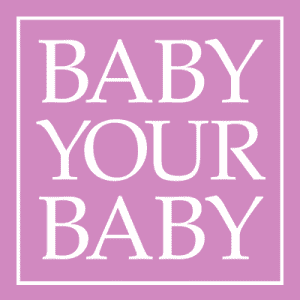The first year in life is one of the most important stages in your child’s development. From the moment they open their eyes they undergo dramatic physical and mental changes.
Take your child to the doctor for regular check ups to make sure he or she is growing strong and healthy. Early treatment of any problems is their best defense. The following chart shows you what your and your doctor should be watching for during your baby’s first year.
For information on how you can get a free eye screening for your newborn, visit www.infantsee.org.
|
|
Vision
|
Speech and Hearing
|
Physical
|
Emotional and Societal
|
| By 3 Months |
Tends to see objects about 1 foot away Follows moving objects and reaches for things |
Sucks and swallows Quiets and smiles in response to sound or voice |
Pushes up on arms Lifts and holds head up |
Needs to be cradled and comforted Begins to develop trust in parents or caregivers |
| By 6 Months |
Eye movement and eye-body coordination skills develop Both eyes should focus equally |
Uses consonant sounds in babbling Uses babbling to get attention |
Uses hands to support self in sitting Rolls from tummy to back |
Smiles broadly and laughs when pleased Develops self-calming skills to quiet down after being upset |
| By 9 Months |
Eye-body coordination skills develop further Eye contact begins to replace physical contact |
Increases variety of sounds and syllables Looks at familiar objects and people when named |
Sits and reaches for toys without falling Moves from tummy or back into sitting position |
Gets angry and frustrated when their needs are not met Begins to fear strangers |
| By 12 Months | Uses both eyes to judge distances | Says “mama” and “dada” |
Pulls self up to stand Stands alone and takes independent steps |
Expresses a variety of emotions such as fear, anger, dislike and happiness |
Sources: American Academy of Pediatrics; American Optometrist Association; Invest in Kids
For more information about a baby’s development visit or Utah Act Early and Zero to Three.

 Free info for you and your baby! Text BABY to 511411
Free info for you and your baby! Text BABY to 511411